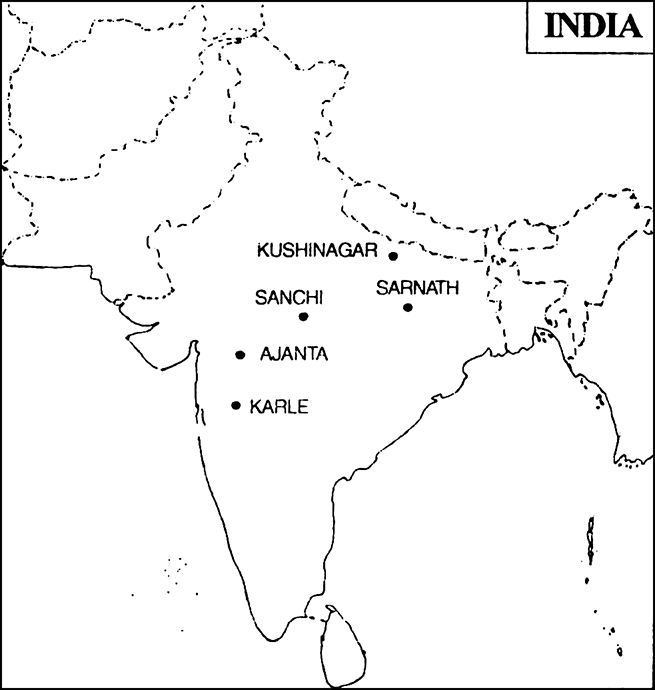Mention the nature of Hinduism. Which are its main sects?
Hinduism is the most ancient religion of the world. It is the alone religion of the world which was not stated by any particular individual. It is the collection of experiences and knowledge of ancient rishis-munis and philosophers. Its nature and different sects are given below:
Nature of Hinduism
(ii) Monotheism: According to Hinduism almighty God is one but it also has faith in many gods and goddesses. It means that the existence of almighty could be seen in all the deities and in nature itself.
(iii) Belief in Trideva: There are three rulers of universe and these are Creator, Sustainer and Destroyer. That’s why Hinduism has faith in this rule, Brahma is known as the creator, Vishnu cares about everything and Mahesha is the destroyer.
(iv) Worship of Shakti: Worship of Shakti is the main feature of Hinduism. Many goddesses like Uma, Bhavani, Laxmi, Annapurna, Durga, Kali, Chamunda, Chandi etc. are worshipped in this religion.
(v) Four Purusharthas: Four Purusharthas are given in Hinduism-Dharma, Artha, Kama and Moksha. One can achieve salvation by maintaining a proper balance between these four Purusharthas.
(vi) Karma and Rebirth: Hinduism has faith in Karma theory. According to it as one will sow, as he will reap. One takes birth, lives and dies according to his Karmas or actions
(vii) Faith in Avatars: Hinduism believes in the fact that when immorality increases in the world and people start working against religion, then God takes birth in the world and gives punishment to immoral persons.
Main Sects of Hinduism:
There are two main sects in Hinduism—Vaishnavism and Shaivism.
(i) Vaishnavism: Sect with the main deity as Vishnu is called Vaishnavism. Vishnu was a deity of Aryan in Rigvedic age. He become the main deity in post-Vedic age. Later on he was being worshipped in the form or Avtar of Rama and Krishna.
(ii) Shaivism: Hindus having faith in Lord Shiva belong to Shaivism sect of Hinduism. Shiva is known as the most ancient Adi Deva’ of the world. He was known as Rudra in Rigvedic age, Mahadeva in post-Vedic age and later on Pashupati, Shiv, Shankra etc.






